Osteopathic Manipulation – Hollywood, FL
A Hands-On Way
to Stop Pain
When your body is injured, it is thrown out of balance. Restoring that balance is key to stopping your pain and allowing your body to heal. Osteopathic manipulation is a hands-on technique that has been shown to shorten recovery times and help patients find relief from their pain so that they can go back to their normal routines without having to take medication or undergo surgery. Our experts at the Institute for Non-Surgical Orthopedics offer gentle, highly effective osteopathic manipulations that yield excellent long-term results. Contact us today to learn more about osteopathic manipulation in Hollywood, FL and schedule an appointment.
Why Choose the Institute for Non-Surgical Orthopedics
for Osteopathic Manipulation?
- Solutions for Head, Neck, Back, and Other Types of Pain
- Personalized Treatment Plans for All Patients
- Treatment That Works with Body for Fast Results
Muscle Energy / Isometrics
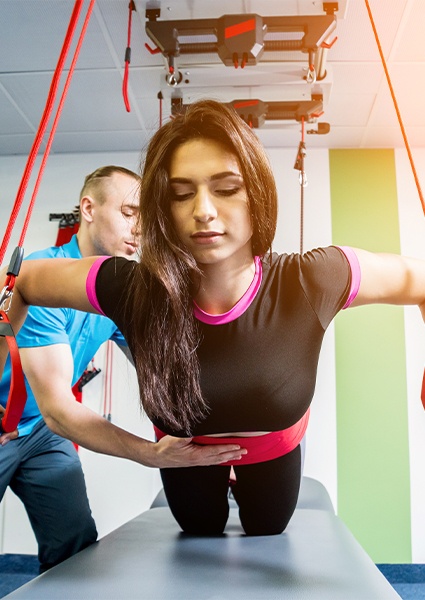
Isometric exercises involve the contraction of specific muscles or muscle groups, but you do not actively move during the exercise. For example, “planking” and many yoga poses where you stay still are examples of isometric exercises that you may have heard of. At our practice, we employ isometrics by having you extend or contract a specific muscle. We then apply resistance in the opposite direction with our hands so that the muscle is engaged even while it remains still, providing pain relief and encouraging blood flow to the area. This can sometimes loosen up tendons that are tense or stuck in place, thus freeing up movement and allowing for a larger range of motion.
Learn More About Muscle Energy
Cranial Osteopathy
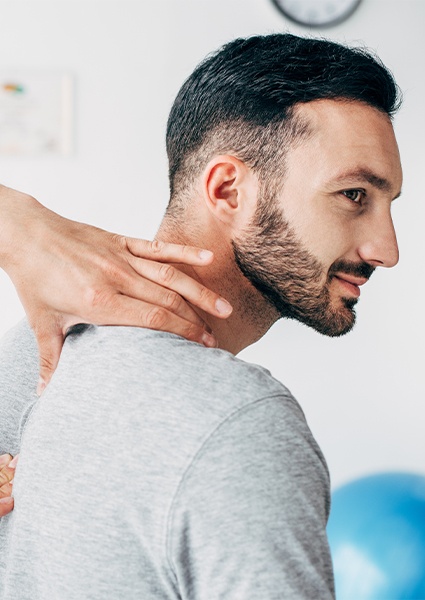
Osteopathy is a drug-free, non-invasive treatment that involves manipulating and strengthening the musculoskeletal framework to improve your overall health. Cranial osteopathy follows the same principles but focuses specifically on the anatomy and physiology of your head. Our experts will feel out areas of your body where tension and tissue quality have been changed in order to locate areas where strain or dysfunction have occurred. Once we have located these key areas, we can employ treatments to stimulate the body’s healing processes. When needed, we will provide gentle and specific support to the treated areas in order to restore the balance of the tissues and improve their overall health, thus speeding up the recovery process.
Learn More About Cranial Osteopathy
Myofascial Release
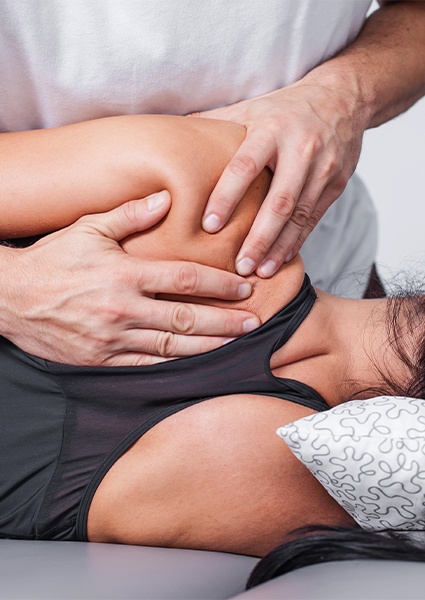
There is a thin band of tissue beneath your skin called the fascia. It’s spread all throughout your body and helps support the bones, muscles, and other structures. Your fascia can be strained or injured much like your muscles, which can cause small areas of intense pain (called trigger points) to form. The pain at the trigger points is often experienced in a wider area, but we can stop the discomfort by identifying the source and treating it via myofascial release. Not only will you feel better, but you’ll also have an easier time moving your body once the fascia is no longer hindering the movement of your muscles.
Learn More About Myofascial Release
Counterstrain / Positional Release
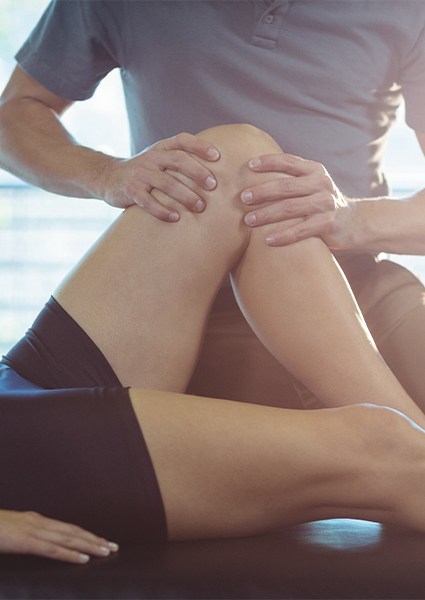
Did you know that a lot of your muscles work in pairs? When one muscle is engaged, the other one relaxes. For example, curling your arm to tense your biceps will relax your triceps while stretching your arm has the opposite effect. As such, many tense or injured muscles can be treated simply by placing them in a position where they are naturally relaxed. Oftentimes, these positions are things you do a daily basis without even realizing it! We can help you identify therapeutic positions and have you hold them for a few minutes at a time to significantly reduce pain right then and there. If the pain continues, you can continue these exercises at home at set times every day according to our instructions to find relief.
Facilitated Positional Release
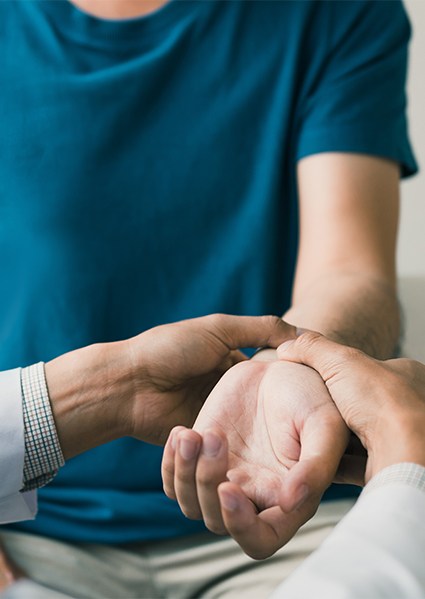
Facilitated Positional Release, or FPR for short, involves positioning your body so that any strained muscles are allowed to relax. We then move those specific parts of your body to release any tension that might be left over. This type of treatment is highly effective for smaller muscles that traditional OMT would have a hard time reaching. It can also be used to realign any joints that have become injured and could be contributing to the pain as well.
High Velocity, Low Amplitude
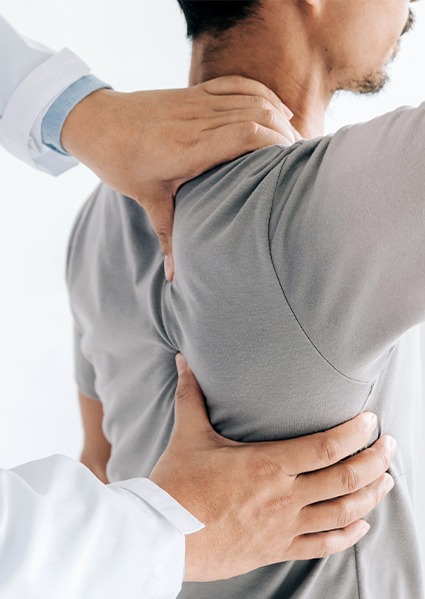
Your spine is made up of a collection of vertebrae and discs that protect nerves, with the entire structure being supported by a number of muscles. This complex system has many elements that can become injured or misaligned, which is why neck and back pain are such common problems. High velocity, low amplitude (HLVA) adjustments can be used to correct any alignment problems in your spine by making quick manipulations to specific parts of your spine. The fast motions used for this treatment does not place pressure on the spine, although you may hear a pop during the session. In many cases, you’ll notice a significant reduction in pain right after your treatment.
Osteopathic Manipulation FAQs

If you’re interested in receiving osteopathic manipulation and want to know more about it, you are always welcome to give our team a call to ask questions. But first, you can get started by reading some of our responses to a few popular questions we get about the subject below.
What conditions can be treated with osteopathic manipulation?
Our team has used osteopathic manipulation to successfully help patients dealing with conditions like back pain, knee pain, neck pain, shoulder pain, ankle pain, and even headaches. We often highly recommend it for those who have just been in a motor vehicle or sporting accident, as osteopathic manipulation can be applied to several areas of the body at once. We’ll first have you come in for a consultation and exam so we can learn more about your situation and determine whether or not this would be an effective treatment option for you.
Is osteopathic manipulation similar to a massage or chiropractic adjustment?
While osteopathic manipulation, massage, and chiropractic care share a few techniques, they are fundamentally different treatments that have distinct goals. With osteopathic manipulation, the treatment is being applied by a highly trained doctor who wants to help the body fully recover while increasing its strength and mobility. With massage and chiropractic care, the goals are much less defined, and they are typically provided by people with little to no medical training (this includes those who use the title “Dr.”). Plus, neither of these treatments are designed to ever stop, while osteopathic manipulation always ends after the patient has reached their goal.
How many sessions will I need?
The number of osteopathic manipulation sessions a patient requires will be based on the severity of their condition, how their body handles the treatment, and their desired recovery timeline. We’ll discuss all of this at your consultation and after your first session so that you and your doctor are on the same page as to what to expect.
Is osteopathic manipulation covered by insurance?
In many cases, yes, but coverage may only apply if the patient is getting osteopathic manipulation to treat a specific problem (like injuries stemming from an auto accident). Some plans offer out-of-network coverage for it as well that is a little less restricted. Before beginning treatment, we recommend looking over your plan, talking to your provider, or simply contacting our office so we can discuss your coverage with you. That way, you’ll know exactly what kind of payment is expected upfront.









